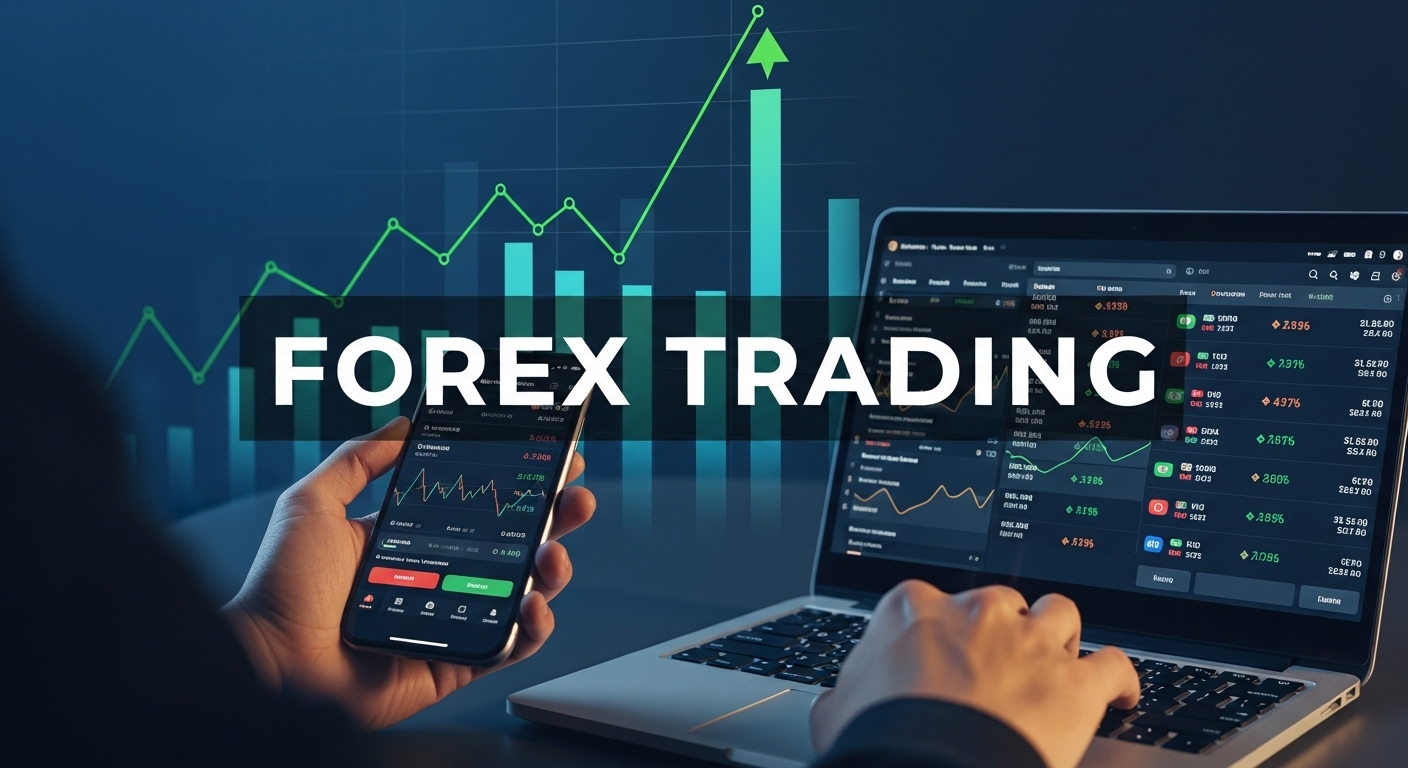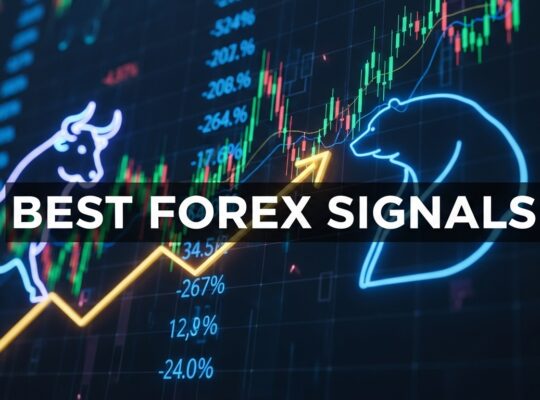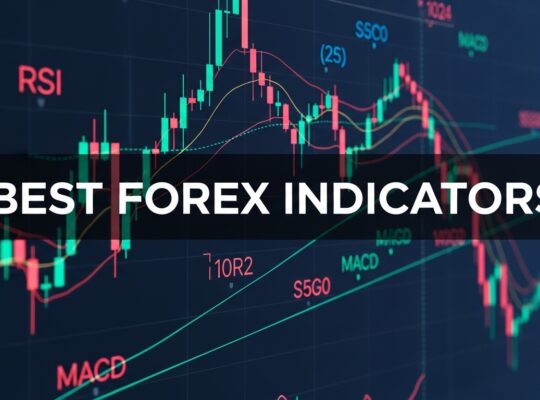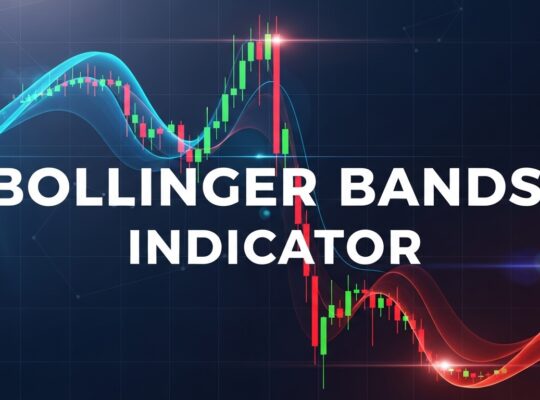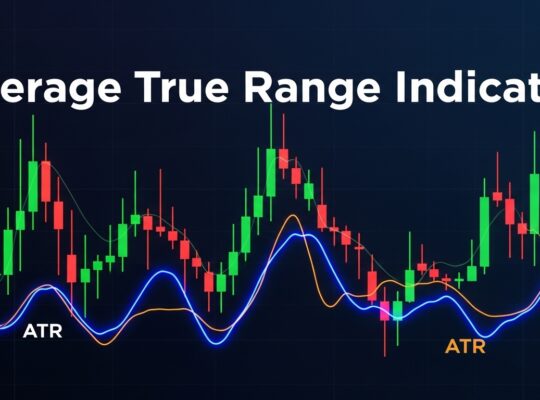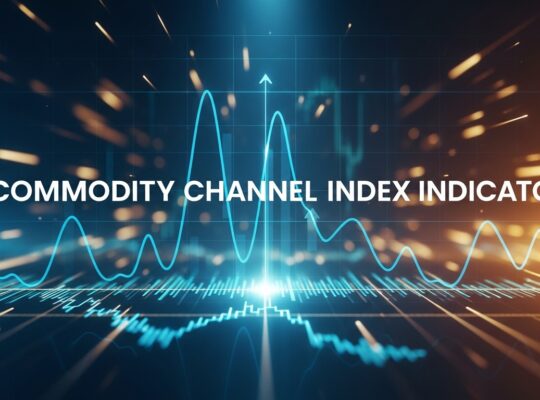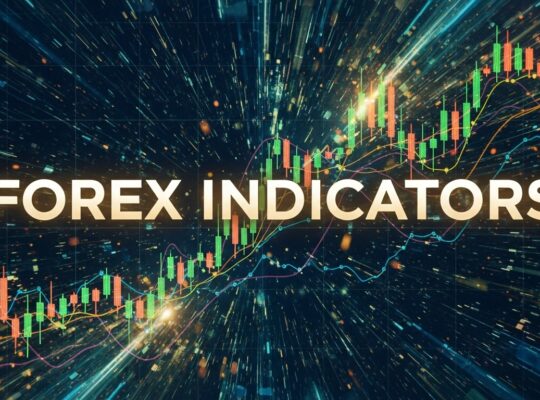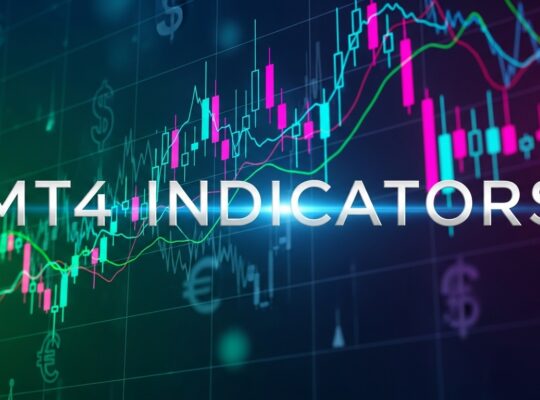Forex trading isn’t just about exchanging currencies for your next vacation. It’s a sophisticated financial ecosystem where central banks, multinational corporations, hedge funds, and individual traders like you converge to profit from currency fluctuations. The beauty of forex lies in its accessibility—with the right knowledge and approach, anyone can participate in this global market that influences everything from your morning coffee price to international trade agreements.
What is Forex Trading?
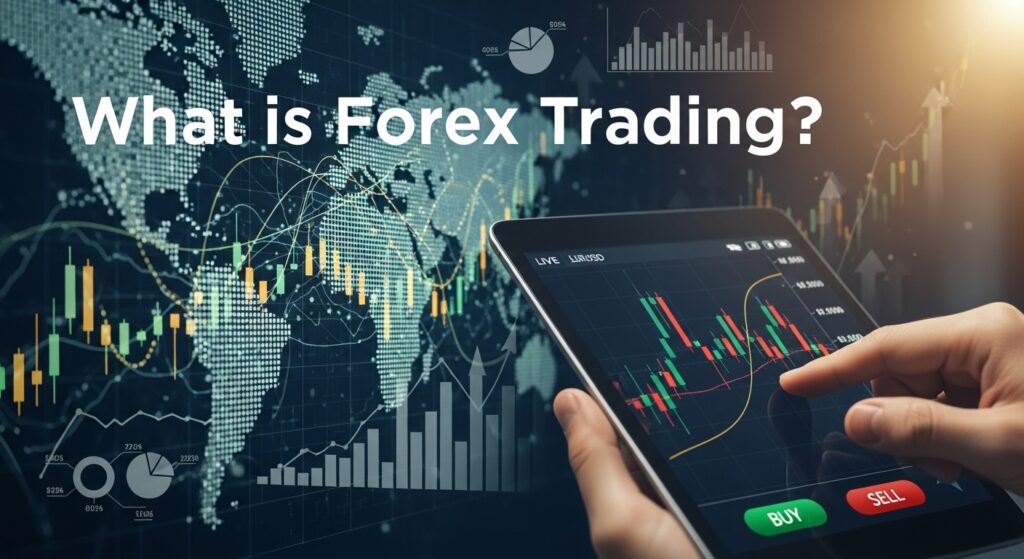
Forex, short for foreign exchange, represents the simultaneous buying of one currency while selling another. Think of it as the world’s largest marketplace where currencies are traded in pairs, such as EUR/USD or GBP/JPY. Unlike stock markets that have specific opening and closing times, the forex market operates continuously from Sunday evening to Friday evening, following the sun across major financial centers in Sydney, Tokyo, London, and New York.
The forex market’s sheer size and scope make it fundamentally different from other financial markets. When Apple reports earnings, its stock price might move significantly, but when the Federal Reserve hints at interest rate changes, entire currency markets can shift within minutes. This interconnectedness creates opportunities for traders who understand how economic events, political developments, and market sentiment drive currency values.
What makes forex particularly attractive to traders is its democratic nature. You don’t need millions of dollars to participate meaningfully. With leverage, a trader can control significant positions with relatively small capital. However, this same leverage that amplifies profits can also magnify losses, making education and risk management absolutely crucial for success.
How Does the Forex Market Work?
The forex market operates as a decentralized global network without a central exchange. Instead, trading occurs electronically over-the-counter through a network of banks, brokers, and financial institutions. This structure creates a market that’s both incredibly liquid and highly competitive, with spreads often measured in fractions of a cent.
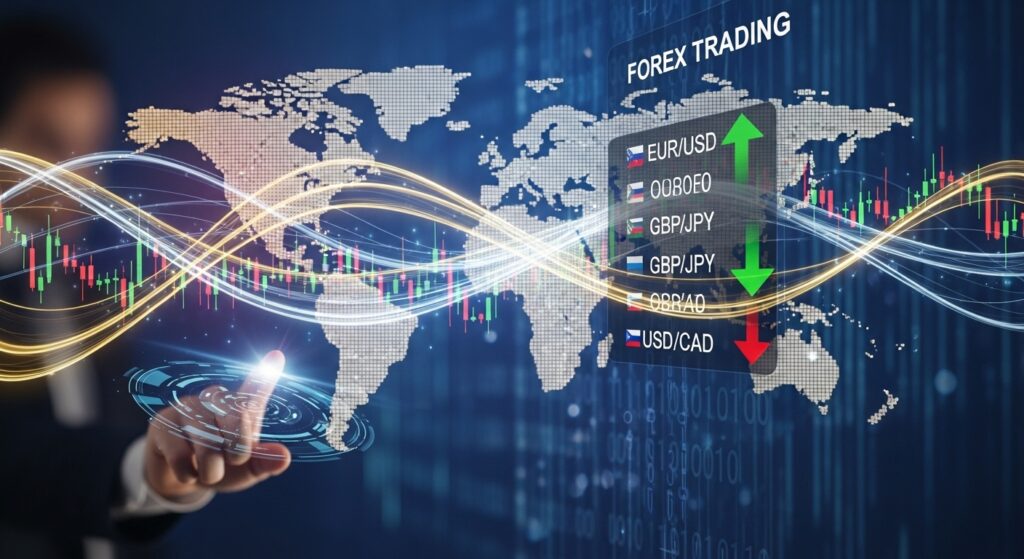
Understanding market participants helps clarify how forex works. Central banks like the Federal Reserve or European Central Bank influence currency values through monetary policy decisions. When the Fed raises interest rates, it typically strengthens the U.S. dollar as investors seek higher returns. Commercial banks facilitate international trade and investment, creating constant currency demand. Hedge funds and investment firms trade currencies to profit from price movements or hedge other investments.
The forex market follows the sun around the globe through four major trading sessions. The Sydney session kicks off the trading week, followed by Tokyo, then London, and finally New York. The London session sees the highest trading volume, accounting for about 43% of all forex transactions. When London and New York sessions overlap, market volatility often peaks as both European and American traders are active simultaneously.
Currency pairs form the foundation of forex trading. Major pairs like EUR/USD, GBP/USD, and USD/JPY account for about 75% of all trading volume. These pairs typically offer the tightest spreads and highest liquidity. Minor pairs, such as EUR/GBP or AUD/JPY, exclude the U.S. dollar but still involve major economies. Exotic pairs combine a major currency with one from an emerging market, like USD/TRY or EUR/ZAR, offering potentially higher profits but with increased risk and wider spreads.
Essential Forex Trading Concepts
Before diving into actual trading, mastering fundamental concepts is crucial. A pip, short for “percentage in point,” represents the smallest price movement in a currency pair. For most pairs, this equals 0.0001, so if EUR/USD moves from 1.1050 to 1.1051, that’s a one-pip movement. Understanding pips helps calculate profits, losses, and set appropriate stop-loss levels.
The spread represents the difference between the bid price (what buyers are willing to pay) and the ask price (what sellers want). Spreads vary based on market conditions, currency pair popularity, and broker policies. During high-impact news events, spreads often widen as uncertainty increases. Smart traders factor spread costs into their strategies, especially for short-term trading approaches like scalping.
Leverage acts as a double-edged sword in forex trading. It allows traders to control larger positions than their account balance would normally permit. With 1:100 leverage, a $1,000 account can control a $100,000 position. While this amplifies profit potential, it equally magnifies losses. Many successful traders use conservative leverage ratios, understanding that preservation of capital often matters more than maximizing individual trade returns.
Position sizing determines how much of your account you risk on each trade. Professional traders typically risk no more than 1-2% of their account balance on any single trade. This approach ensures that even a string of losses won’t devastate your account. If you have a $10,000 account and risk 2% per trade, you’re risking $200 maximum per position, regardless of the trade setup’s attractiveness.

Getting Started with Forex Trading
Choosing the right broker forms the foundation of your trading journey. Regulation should be your top priority—look for brokers regulated by reputable authorities like the Financial Conduct Authority in the UK, CySEC in Cyprus, or ASIC in Australia. These regulators ensure brokers segregate client funds, maintain adequate capital, and follow strict operational standards.
Cost structure significantly impacts your profitability, especially for active traders. Some brokers charge commissions per trade while offering tight spreads, others provide commission-free trading with slightly wider spreads. Calculate the total cost based on your expected trading frequency. A scalper making dozens of trades daily needs the tightest possible spreads, while a swing trader holding positions for days might prioritize other factors.
Trading platforms serve as your gateway to the market. MetaTrader 4 remains incredibly popular due to its stability, extensive customization options, and vast library of technical indicators and Expert Advisors. MetaTrader 5 offers additional features like more timeframes, additional order types, and built-in economic calendar. Some brokers provide proprietary platforms designed for specific trading styles or enhanced user experiences.
Starting with a demo account allows you to practice without financial risk. However, demo trading can’t replicate the emotional aspects of risking real money. Many traders perform excellently on demo accounts but struggle when real money is at stake. Use demo accounts to learn platform functionality, test strategies, and build confidence, but transition to live trading with small amounts as soon as you’re comfortable with the basics.
Understanding Currency Analysis

Successful forex trading requires understanding why currencies move. Fundamental analysis examines economic factors, political events, and market sentiment that drive currency values. Economic indicators like GDP growth, employment data, and inflation rates provide insights into a country’s economic health. Strong economic data typically strengthens a currency as it suggests stability and growth potential.
Interest rates wield enormous influence over currency values. Higher interest rates generally attract foreign investment, increasing demand for that currency. When the Federal Reserve raises rates while other central banks maintain lower rates, the U.S. dollar often strengthens as investors seek higher returns. Traders closely monitor central bank communications, looking for hints about future policy directions.
Technical analysis focuses on price charts and patterns to predict future movements. Support and resistance levels identify where prices have historically found buying or selling pressure. A currency pair that repeatedly bounces off a specific price level creates a support or resistance zone that traders use to make informed decisions.
Moving averages smooth out price fluctuations to reveal underlying trends. When a currency pair trades above its 200-day moving average, it’s generally considered in an uptrend. Conversely, trading below this level suggests a downtrend. Many traders use combinations of different moving averages to generate buy and sell signals.
The Relative Strength Index (RSI) measures whether a currency pair is overbought or oversold. Readings above 70 traditionally suggest overbought conditions and potential selling opportunities, while readings below 30 indicate oversold conditions and potential buying opportunities. However, in strong trending markets, RSI can remain in extreme territories for extended periods.
Popular Forex Trading Strategies
Day trading involves opening and closing positions within the same trading day, avoiding overnight risk from unexpected news events. Day traders typically use shorter timeframes like 5-minute or 15-minute charts, looking for quick profits from small price movements. This approach requires significant time commitment, fast decision-making, and strict discipline to cut losses quickly.
Scalping represents the most intensive form of day trading, with positions held for minutes or even seconds. Scalpers might make dozens of trades per day, aiming for small profits that accumulate over time. This strategy requires excellent execution speed, minimal spreads, and the ability to remain focused for extended periods. Many scalpers use automated systems to execute trades faster than humanly possible.
Swing trading strikes a balance between day trading’s intensity and long-term investing’s patience. Swing traders hold positions for days or weeks, capitalizing on medium-term price movements. This approach allows traders with full-time jobs to participate in forex markets, as positions don’t require constant monitoring. Swing trading relies heavily on technical analysis to identify entry and exit points.
Carry trading exploits interest rate differences between countries. Traders buy currencies with high interest rates while selling those with low rates, profiting from both the interest differential and potential currency appreciation. For example, if Australia has a 4% interest rate while Japan has 0.1%, a trader might buy AUD/JPY, earning interest on the Australian dollar position while paying minimal interest on the Japanese yen short position.
Position trading represents the longest-term approach, with trades held for months or even years. Position traders focus primarily on fundamental analysis, buying currencies they believe will strengthen over time due to economic growth, political stability, or other long-term factors. This strategy requires patience and the ability to withstand significant short-term fluctuations while waiting for long-term trends to develop.
Risk Management in Forex Trading
Risk management separates successful traders from those who blow up their accounts. The foundation of risk management lies in position sizing—never risking more than you can afford to lose on any single trade. Professional traders often use the 1% rule, risking no more than 1% of their account balance per trade. This approach ensures that even ten consecutive losses only reduce the account by about 10%.
Stop-loss orders automatically close positions when prices move against you by a predetermined amount. Setting appropriate stop-losses requires balancing protection against normal market fluctuations with the need to limit losses. Many traders place stops just beyond significant support or resistance levels, giving their trades room to breathe while maintaining protection against major adverse moves.
Risk-to-reward ratios help ensure that winning trades compensate for losing ones. A 1:2 risk-to-reward ratio means you’re willing to risk $100 to potentially make $200. Even with a 50% win rate, this ratio produces profits over time. Many successful traders use even higher ratios, like 1:3 or 1:4, allowing them to be profitable with lower win rates.
Correlation between currency pairs affects portfolio risk. If you’re long EUR/USD and GBP/USD simultaneously, you’re essentially making the same bet twice, as these pairs often move in the same direction. Understanding correlations helps diversify risk and avoid unintended concentration in similar trades. Negative correlations, like EUR/USD and USD/CHF, tend to move in opposite directions.
Psychology and Discipline in Trading
Trading psychology often determines success more than technical knowledge. Fear and greed drive many trading decisions, usually to the trader’s detriment. Fear might cause a trader to close a profitable position too early, missing larger gains. Greed might lead to overtrading or holding losing positions too long, hoping for reversals that never come.

Developing a trading plan helps remove emotions from decision-making. A comprehensive plan includes entry criteria, exit rules, position sizing guidelines, and risk management parameters. When faced with a trading opportunity, consulting your plan helps make rational decisions rather than emotional ones. Successful traders often say they’re not smarter than others—they simply follow their plans consistently.
Keeping a trading journal provides invaluable insights into your performance. Record not just the technical details of each trade, but also your emotional state and reasoning. Over time, patterns emerge that reveal both strengths to leverage and weaknesses to address. Many traders discover they perform better with certain currency pairs, timeframes, or market conditions.
Managing expectations is crucial for long-term success. Forex trading isn’t a get-rich-quick scheme. Professional traders often consider a 20% annual return exceptional, yet many beginners expect such returns monthly. Unrealistic expectations lead to overtrading, excessive risk-taking, and inevitable disappointment. Focus on consistent, modest returns rather than home runs.
Technology and Trading Platforms
Modern forex trading relies heavily on technology. Trading platforms have evolved from simple order entry systems to sophisticated analytical tools. MetaTrader 4 remains the gold standard for many traders, offering stability, extensive customization, and a vast community of developers creating custom indicators and Expert Advisors.
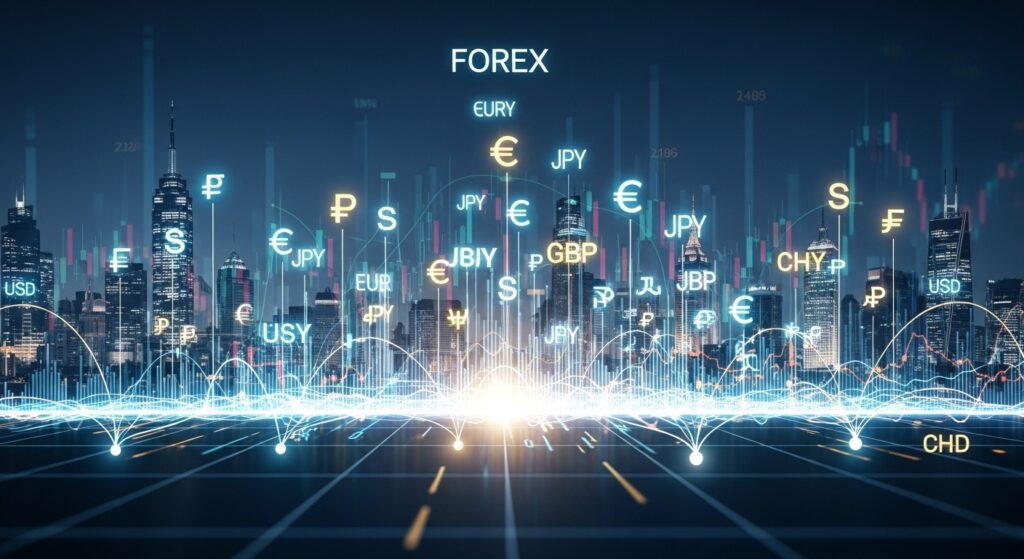
Mobile trading has revolutionized forex accessibility. Professional-grade trading apps allow you to monitor positions, execute trades, and analyze markets from anywhere with internet access. However, mobile trading requires careful consideration of screen size limitations and potential connectivity issues during critical market moments.
Algorithmic trading, or automated trading, uses computer programs to execute trades based on predetermined criteria. Expert Advisors can analyze markets 24/7, execute trades with perfect discipline, and remove emotional decision-making. However, automated systems require careful monitoring and occasional adjustments as market conditions change.
Virtual Private Servers (VPS) provide stable, always-on connections for automated trading systems. Located in data centers near broker servers, VPS solutions minimize latency and ensure your Expert Advisors continue running even if your home internet connection fails. Many serious algorithmic traders consider VPS hosting essential infrastructure.
Economic Factors That Move Markets
Economic indicators provide insights into a country’s economic health and future prospects. Gross Domestic Product (GDP) measures the total value of goods and services produced, indicating economic growth or contraction. Strong GDP growth typically supports currency strength as it suggests a healthy, expanding economy that attracts investment.
Employment data, particularly the U.S. Non-Farm Payrolls report, significantly impacts currency markets. Low unemployment indicates a strong economy with growing consumer spending power. However, extremely low unemployment can also signal inflationary pressure, potentially prompting central bank intervention through interest rate increases.
Inflation data influences central bank policies and currency values. Moderate inflation (around 2% annually) is generally considered healthy, indicating economic growth without overheating. Higher inflation often leads to interest rate increases to cool economic activity, while deflation might prompt stimulus measures that weaken currencies.
Central bank communications have become increasingly important in modern forex trading. Beyond actual policy decisions, central bankers’ speeches, meeting minutes, and forward guidance provide insights into future policy directions. Markets often move more on hints about future actions than on current decisions.
Advanced Trading Concepts
Currency correlations create opportunities for sophisticated trading strategies. Positive correlations mean currency pairs tend to move in the same direction, while negative correlations indicate opposite movements. Understanding these relationships helps identify trading opportunities, hedge existing positions, and manage overall portfolio risk.
Intermarket analysis examines relationships between different asset classes to predict currency movements. For example, rising commodity prices often strengthen commodity currencies like the Australian dollar or Canadian dollar. Bond yield differentials between countries frequently influence currency pair directions as investors seek higher returns.
Central bank interventions can dramatically impact currency markets. When a central bank believes its currency has moved too far from fundamental values, it might intervene through direct market operations or verbal intervention. Recognizing intervention patterns helps traders position appropriately and avoid being caught on the wrong side of major moves.
Seasonality affects some currency pairs more than others. The Japanese yen often strengthens during March as Japanese companies repatriate overseas earnings for fiscal year-end. Tourist flows, agricultural cycles, and government fiscal patterns create seasonal tendencies that informed traders can exploit.
Building a Successful Trading Career
Education forms the foundation of trading success. The forex market constantly evolves, requiring continuous learning to maintain competitiveness. Reading financial news, studying economic data, and understanding geopolitical developments help traders make informed decisions. Many successful traders dedicate time daily to market analysis and education.
Starting small allows you to gain experience without risking significant capital. Many brokers offer micro lots (1,000 units) or even nano lots (100 units), enabling new traders to practice with real money while limiting potential losses. As skills and confidence develop, position sizes can gradually increase.
Networking with other traders provides valuable perspectives and learning opportunities. Online communities, local trading groups, and professional associations offer forums for sharing experiences, discussing strategies, and staying informed about market developments. However, be cautious of “get rich quick” schemes and unsubstantiated trading advice.
Professional development opportunities exist for successful traders. Proprietary trading firms provide capital to skilled traders in exchange for profit sharing. Asset management companies hire experienced traders to manage client funds. Some traders become educators, sharing their knowledge through courses, books, or coaching services.
The Future of Forex Trading
Technological advancement continues reshaping forex markets. Artificial intelligence and machine learning increasingly influence trading strategies and market analysis. High-frequency trading algorithms can execute thousands of trades per second, creating new market dynamics that individual traders must understand and adapt to.

Cryptocurrency’s rise has created new trading opportunities and challenges. While not yet fully integrated into traditional forex markets, digital currencies are beginning to influence conventional currency trading. Some brokers now offer cryptocurrency pairs alongside traditional forex, expanding available trading opportunities.
Regulatory changes affect market structure and trader access. Authorities worldwide continue refining rules around leverage, client fund protection, and marketing practices. Staying informed about regulatory developments helps traders choose appropriate brokers and understand evolving market conditions.
Central Bank Digital Currencies (CBDCs) represent the next potential evolution in currency markets. As central banks explore digital versions of their currencies, new trading opportunities and challenges may emerge. Early understanding of CBDC implications could provide competitive advantages for forward-thinking traders.
Conclusion
Forex trading offers tremendous opportunities for those willing to invest the time and effort required to succeed. The market’s size, liquidity, and 24-hour nature create unique advantages, but success requires more than just opening an account and making trades. Understanding market fundamentals, developing technical analysis skills, implementing robust risk management, and maintaining proper trading psychology form the pillars of sustainable success.
Remember that forex trading is a marathon, not a sprint. Profitable traders develop their skills over months and years, learning from both wins and losses. Focus on consistent improvement rather than overnight success. Start with a solid educational foundation, practice with demo accounts, begin live trading with small positions, and gradually scale as your skills develop.
The most successful traders treat forex as a business, maintaining detailed records, continuously educating themselves, and approaching each trade with discipline and objectivity. They understand that losses are part of the process and focus on long-term profitability rather than individual trade outcomes.
Whether you’re seeking additional income, a new career path, or simply want to understand this fascinating market better, forex trading offers opportunities limited only by your dedication to learning and improvement. Take the first step by opening a demo account, studying the markets, and beginning your journey into the world’s most dynamic financial arena.
Ready to start your forex trading journey? Begin with education, practice with a demo account, and remember that every expert was once a beginner. The markets will be here when you’re prepared—take the time to build the foundation for lasting success.
Frequently Asked Questions About Forex Trading
What is the minimum amount needed to start forex trading?
Most brokers allow you to start with as little as $100-$500, though having at least $1,000 provides better flexibility for proper risk management. With micro lots and flexible leverage, you can begin trading meaningfully with modest capital while learning the ropes.
How much money can you make trading forex?
Forex profits vary dramatically based on skill, capital, strategy, and market conditions. Professional traders often target 10-20% annual returns, though some achieve higher returns with increased risk. Beginners should focus on learning rather than profit expectations, as most new traders lose money initially.
Is forex trading legal and safe?
Forex trading is legal in most countries and safe when using regulated brokers. Choose brokers regulated by reputable authorities like FCA, CySEC, or ASIC. These regulators ensure client fund protection, fair trading conditions, and proper business practices.
What are the best currency pairs for beginners?
Major pairs like EUR/USD, GBP/USD, and USD/JPY offer the best conditions for beginners due to tight spreads, high liquidity, and extensive analysis available. These pairs also tend to move more predictably than exotic pairs, making them ideal for learning.
How long does it take to become a profitable forex trader?
Most successful traders require 6 months to several years to achieve consistent profitability. The learning curve varies based on dedication, educational resources, practice time, and individual aptitude. Focus on skill development rather than timeline expectations, as rushing often leads to costly mistakes.



